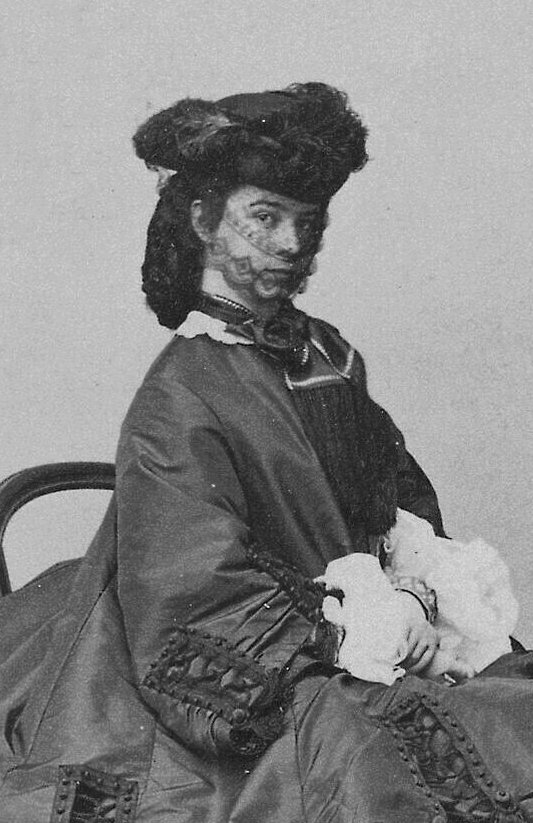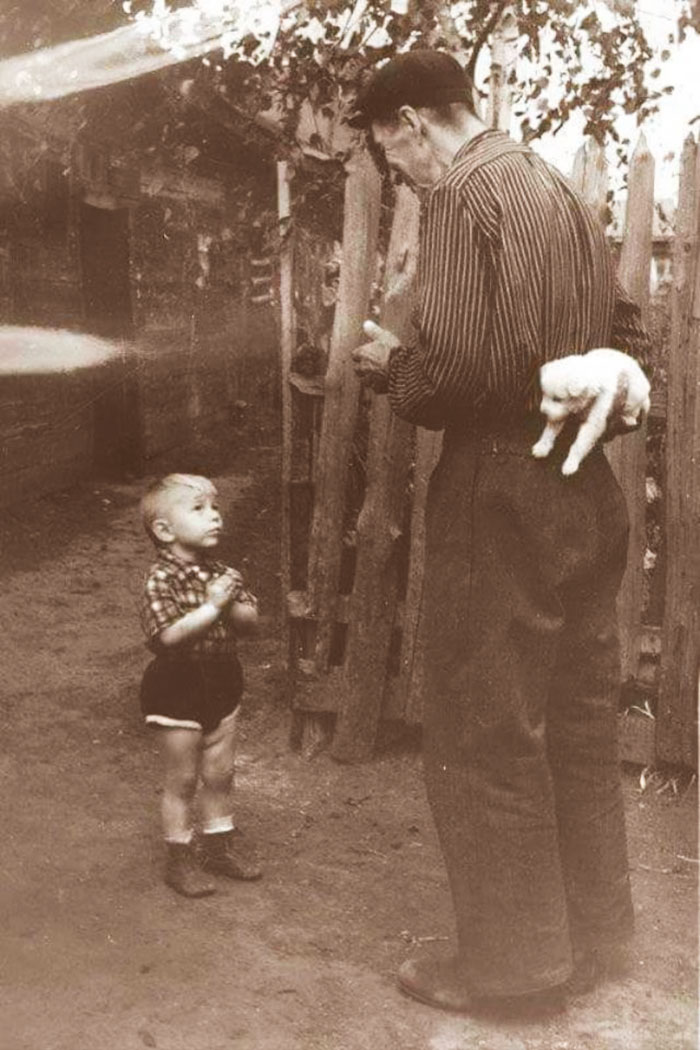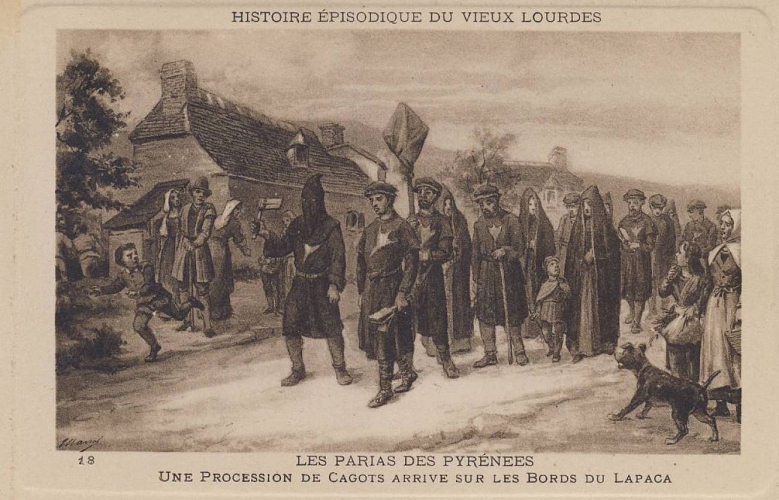The last Cagots
Holy water font reserved for cagots
Un cagot, au féminin cagote, dans le Sud-Ouest de la France, était aussi appelé agote, sur le versant sud des Pyrénées, en Espagne. Il s'agissait de termes dépréciatifs qui désignaient des groupes d'habitants, exerçant des métiers du bois, ou du fer, frappés d'exclusion et de répulsion dans leurs villages surtout en Gascogne et de part et d'autre du Piémont pyrénéen, entre le XIIIe siècle et les temps modernes. La réputation des cagots est associée à la peur de la lèpre.
The Cagots were a persecuted and despised minority found in the west of France and northern Spain: the Navarrese Pyrenees, Basque provinces, Béarn, Aragón, Gascony and Brittany. Evidence of the group exists back as far as AD 1000.
Cagots were shunned and hated. While restrictions varied by time and place, they were typically required to live in separate quarters in towns, called cagoteries, which were often on the far outskirts of the villages. Cagots were excluded from all political and social rights. They were not allowed to marry non-Cagots, enter taverns, hold cabarets, use public fountains, sell food or wine, touch food in the market, work with livestock, or enter the mill.
They were allowed to enter a church only by a special door, and during the service, a rail separated them from the other worshippers. Either they were altogether forbidden to partake of the sacrament, or the Eucharist was given to them on the end of a wooden spoon, while a holy water stoup was reserved for their exclusive use.
They were compelled to wear a distinctive dress, to which, in some places, was attached the foot of a goose or duck (whence they were sometimes called "Canards"). So pestilential was their touch considered that it was a crime for them to walk the common road barefooted or to drink from the same cup as non-Cagots. The Cagots were often restricted to the trades of carpenter, butcher, and rope-maker.
The Cagots were not an ethnic group, nor a religious group. They spoke the same language as the people in an area and generally kept the same religion as well. Their only distinguishing feature was their descent from families identified as Cagots. Few consistent reasons were given as to why they should be hated; accusations varied from Cagots being cretins, lepers, heretics, cannibals, to simply being intrinsically evil. The Cagots did have a culture of their own, but very little of it was written down or preserved; as a result, almost everything that is known about them relates to their persecution. Their cruel treatment lasted through the Middle Ages, Renaissance, and Industrial Revolution, with the prejudice fading only in the 19th and 20th centuries.






























